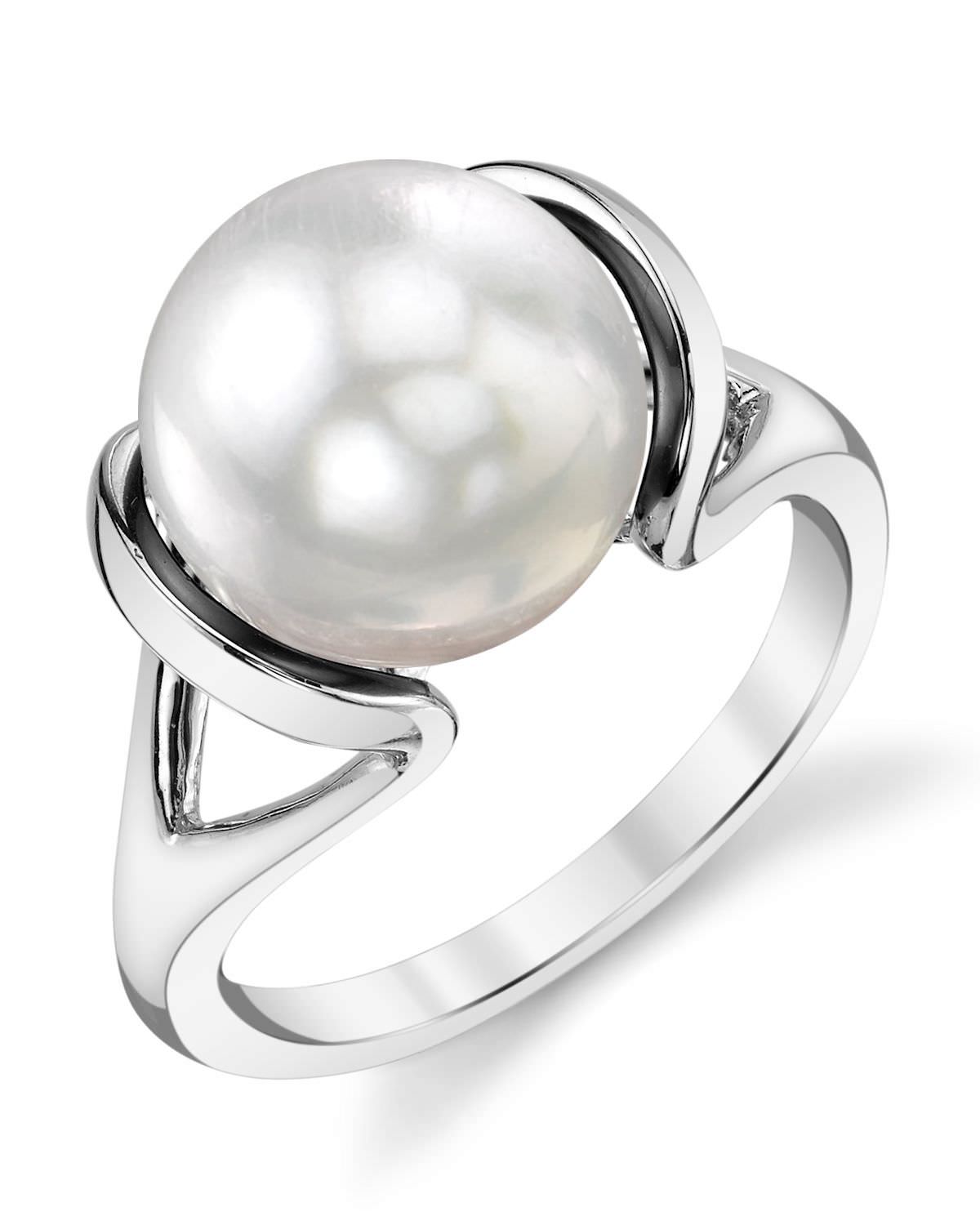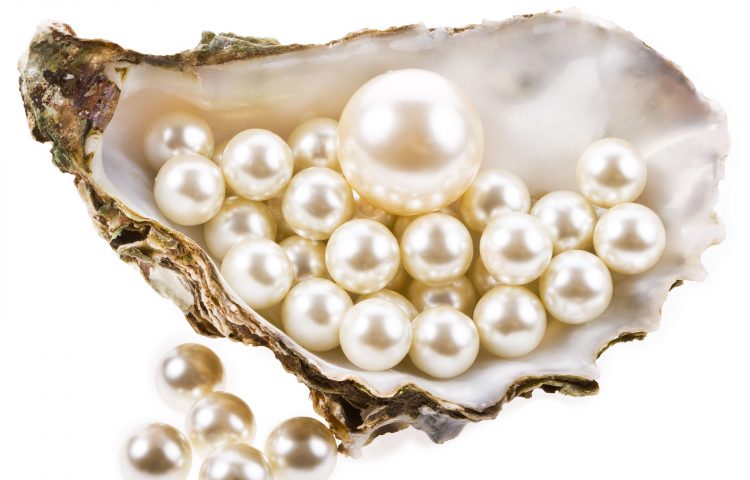When it comes to fine jewelry, South Sea pearls are at the top of the wish list for many around the world. These pearls are not only beautiful but also unique, which makes them rare and highly valuable. Among their distinct characteristics, it’s the luster of South Sea pearls that sets them apart, making them some of the most sought-after pearls globally.
The Birth of Luster
To truly appreciate the luster of a South Sea pearl, one must understand how a pearl is born. Contrary to common belief, cultured pearls do not begin with a mere grain of sand. Instead, an irritant, often a piece of shell lining, is carefully placed within the oyster’s delicate environment.
In response, the oyster secretes layers of nacre, or mother of pearl, to envelop the irritant. This process continues until the intruding object no longer poses a threat to the oyster’s vulnerable inner tissues. The result is the formation of a pearl, with the lustrous nacre forming layer upon layer around the irritant.

Deciphering Pearl Luster
What, exactly, is pearl luster? In the world of pearls, luster refers to the brilliant glow that seems to emanate from within the pearl itself. This glow is not merely on the surface; it is a deep, radiant quality that originates from within the pearl’s core.
South Sea pearls, born from oysters residing in the region’s pristine waters, stand out due to their prolonged nacre secretion period. They secrete nacre for almost double the time of other oysters used in pearl cultivation, leading to a thicker and more light-refractive nacre.
It’s these extra nacre layers that contribute to the pearl’s remarkable hardness and its ability to produce clear, vivid reflections. Luster is essentially the result of the interplay between the reflection and refraction of light on the pearl’s surface.

Grading the South Sea Pearls Luster
Pearl farmers employ a grading system when evaluating the pearls they harvest, and luster plays a pivotal role in this assessment. The grading categories help determine the value of pearls as they make their way into the global market. These categories vary based on the type of pearl but generally include:
Grade A: Very High Luster
- Images are sharply reflected on the pearl’s surface.
- Rich, well-defined tones are produced through refraction.
Grade B: High Luster
- Reflections are visible but not as clear or sharp.
- Moderate warmth to color tone is observed.
Grade C: Medium Luster
- Reflection clarity is minimal.
- The depth of color is relatively low.
Grade D: Poor Luster
- No reflection or minimal reflection.
- Limited or no depth of color is present.
Only a rare few pearls achieve a Grade A rating when harvested. This is why South Sea pearls are renowned for their luster. Pearl luster can be particularly challenging to attain in smaller pearls, but the extended cultivation period of South Sea pearls leads to larger-than-average pearls with exceptional luster.
More Affordable Options for South Sea Pearl Buyers

The exceptional luster and larger size of South Sea pearls can indeed make them quite expensive. However, there are more budget-friendly options available for pearl enthusiasts. Keep in mind that only a small percentage of pearls produced are perfectly round and possess exceptional luster.
If you are open to exploring different pearl shapes, you can find exquisite South Sea pearls with remarkable luster at more affordable prices. Shapes like teardrop or baroque, for example, can be equally captivating. Such shapes are perfect for creating eye-catching pendants or unique earrings.
A pair of closely matched baroque pearls can be transformed into beautiful earrings without breaking the bank. These unique pearls offer affordability without sacrificing quality. But, if you dream of owning a string of sixty perfectly matched South Sea pearls, you should be prepared to make a significant investment.
In conclusion, the luster of South Sea pearls is not just about the surface but an inner glow that emanates from within, resulting from the unique nacre-secreting process of South Sea oysters. These pearls are valued for their distinctive luster and lustrous appearance, and they are indeed some of the most prized and luxurious gems in the world of fine jewelry. Whether you seek the utmost perfection or are open to exploring more affordable options, South Sea pearls offer a world of beauty, elegance, and uniqueness.
FAQs
South Sea pearls are known for their exceptional luster because the oysters that produce them secrete nacre for an extended period. This results in thicker nacre layers that reflect and refract light beautifully.
Pearl luster is graded using categories such as Grade A (very high luster), Grade B (high luster), Grade C (medium luster), and Grade D (poor luster). A higher luster grade generally indicates a more valuable pearl.
Yes, the luster of South Sea pearls can vary. Pearls are a natural product, and not all will have the same luster. Some pearls may have a very high luster, while others may have a high or medium luster.
Smaller South Sea pearls can have excellent luster, but achieving a high luster in smaller pearls can be challenging. Larger pearls often have more space for nacre to develop, resulting in higher luster.

